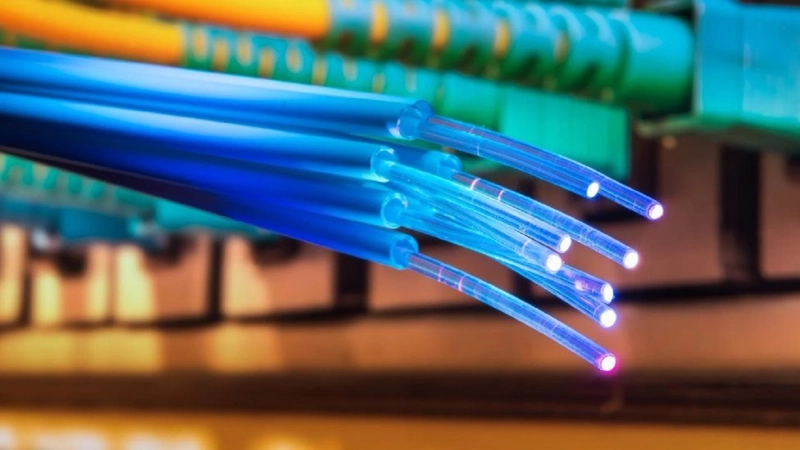In today's digital age, almost everyone relies on WiFi for internet connectivity, whether at home, in the workplace, or in public settings. A robust and uninterrupted WiFi connection is crucial for various daily activities, such as streaming videos, browsing the internet, participating in online meetings, and managing work tasks. However, WiFi networks often experience issues like slow connections or frequent disconnections. Identifying and resolving these issues is vital for maintaining productivity and satisfaction. This is where the technique of WiFi heat mapping proves invaluable. It is an effective method for visually mapping out WiFi signal strengths across different areas within a building, which helps in pinpointing problem areas and enhancing connectivity. In this article, we'll discuss why WiFi heat mapping is an essential strategy for troubleshooting connectivity issues.
Understanding WiFi Connectivity Problems
WiFi networks can be complicated because many things can affect how well they work. Things like walls, floors, and furniture can block or weaken the WiFi signal. Also, devices like microwaves, baby monitors, and cordless phones can interfere with your WiFi, causing problems. To make sure your WiFi works well, it's important to do a detailed check called a wireless site survey. This helps figure out how the network acts in different situations and helps make any needed changes.
The Role of WiFi Heat Mapping
WiFi heat mapping is a tool that helps create a picture showing where WiFi signals are strong and where they are weak inside a building. This picture helps network technicians see where the WiFi works well and where it doesn't. It's also useful for explaining WiFi issues and plans to improve the network to people who aren't tech-savvy, helping them make better decisions. Technicians can use this information to decide the best places to put WiFi routers to improve how well the WiFi covers the area.
Benefits of Conducting a WiFi Site Survey
The process of conducting a WiFi site survey involves a meticulous walkthrough of the site with specialized equipment to measure and record the strength of the WiFi signal in various locations. This proactive approach has several advantages:
It enables optimal placement of access points during the initial network setup to ensure comprehensive coverage.It identifies specific areas where signal enhancements, such as repeaters or additional access points, are necessary.It provides insights into potential adjustments to minimize interference from other electronic devices, optimizing network performance.How a WiFi Survey Solves Issues
A WiFi survey is more than just making a map of signal strength. It includes taking steps to improve the network based on what the survey finds. For example, if the survey shows that some areas in a building have weak signals, network engineers can add more routers to those areas to make the WiFi stronger. They can also change settings to reduce interference from other devices, making the network more stable and faster. These specific actions help make sure the WiFi works well for everyone using it.
End Note
Effectively troubleshooting WiFi connectivity requires precise and informed strategies rather than mere guesswork. Techniques such as WiFi heat mapping and detailed WiFi surveys are critical for diagnosing and resolving network issues. By conducting thorough wireless site surveys, businesses can ensure that their networks are robust and reliable, thereby avoiding connectivity problems that can disrupt operations. Companies like CMC Communications are at the forefront of integrating these advanced strategies into their services, helping to maintain seamless connectivity and enhancing user experience across various environments.


